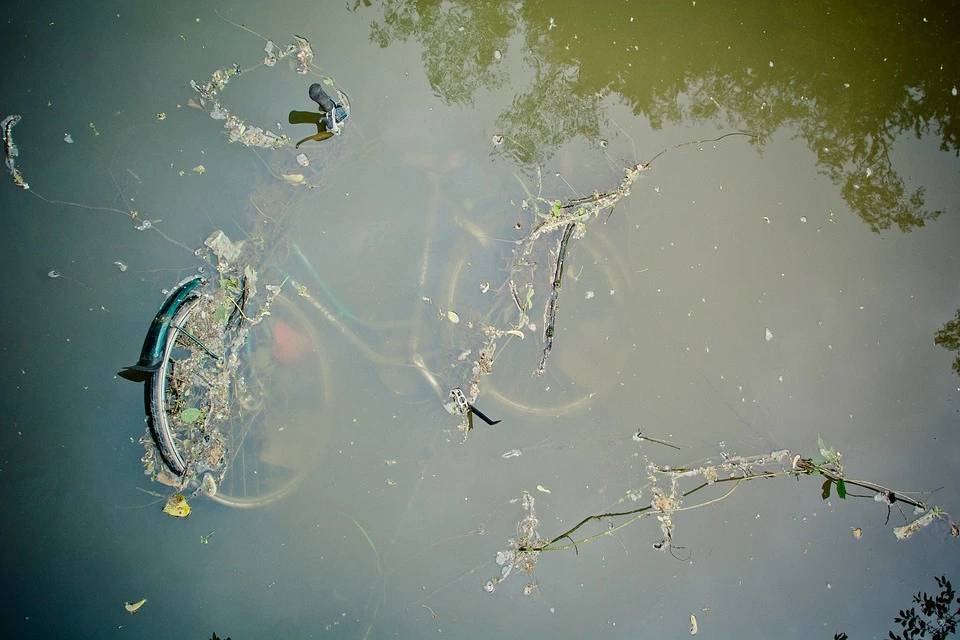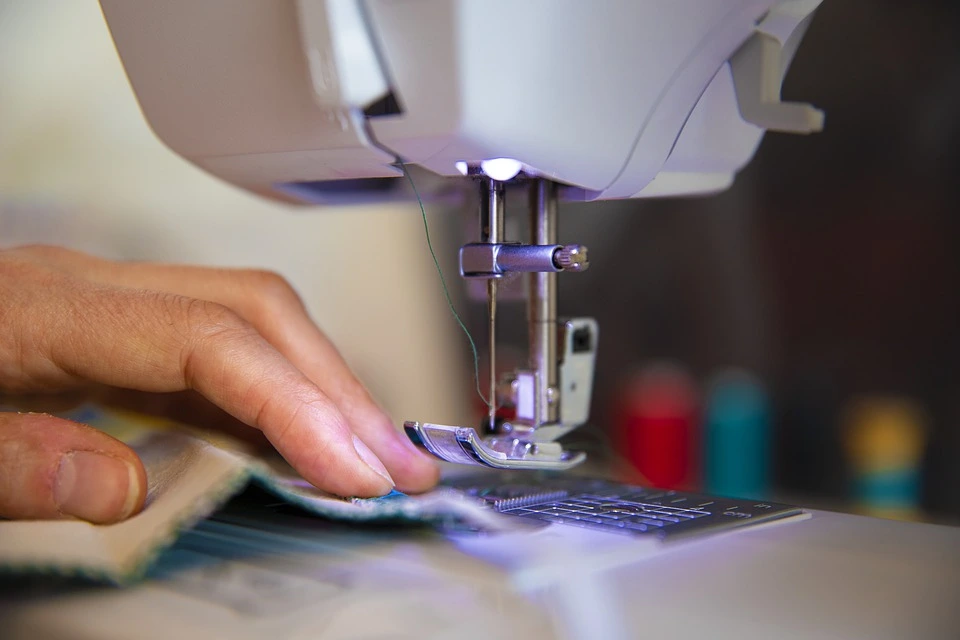Did you know that all clothing and textiles can be recycled? Not many people do. Maybe that’s why only .1% of textiles are recycled.
Let’s take a closer look at what it means to recycle clothes, how clothing recycling is done, and the benefits of recycling clothes for planet earth.
Benefits of Recycling Clothes

- Saves Water
- Reduces Greenhouse Gases
- Reduces Pollution
- Provides Work
- Saves Petroleum
- Saves the Ocean
- Saves Landfill Space
- Is a Sanitary Solution
There are so many benefits of recycling clothes and other fabrics that go beyond saving the earth. This industry provides jobs, eliminates waste, and unlocks billions of dollars that are going into landfills.
Recycling Clothes for Money

Recycling clothes for money involves selling them to a consignment store or a clothing reuse store like Plato’s Closet.
This is often called recycling, but it really falls into the category of reuse.
Here’s how we break down clothing lifecycles in terms of Reduce, Reuse, and Recycle.
- Reduce – Avoid engaging in fast fashion trends and opt for clothing that can be worn for several seasons before discarding. Aim for capsule wardrobes where each piece can go with several others to get the most for your money.
- Reuse – When you’re done with your clothes, give them away to friends, donate them to thrift stores, or sell them to consignment shops. Well-made clothing can benefit several people before it reaches the end of its life.
- Recycle – The final step for all clothing should be a clothing recycler! The fibers can be remade into new yarn to make new clothing.
The first step in creating a non-polluting clothing cycle is to reduce the number of clothing and shoes that each of us needs to feel good about ourselves.
As long as each person needs dozens of shirts and shoes to feel good, the current pollutive clothing cycle will not just continue, but it will grow and get worse.
Advantages of Recycling Clothes
There are numerous advantages to recycling clothes and old fabric into new materials. Let’s take a closer look at each of these advantages!
1. Recycling Fabric Saves Water

It takes about 700 gallons of water to make a tee shirt! That’s including the water it takes to grow the cotton then process it and create a dyed fabric.
Still, that’s a crazy amount of water, and most people toss tee shirts away every year.
Recycled materials use 99% less water to produce than clothing made from raw materials.
Saving water is one of our most dire needs because we have a limited amount of fresh water to sustain human life. Though it renews in the water cycle it’s often unpredictable where it will fall.
It’s one of the natural resources that we tend to take for granted and use more than we really need. Saving it by recycling clothing is just smart.
2. Reduces Greenhouse Gases
Recycling fabrics reduces greenhouse gases by 50% or more over making clothing from brand new materials!
For every 1 pound of material that gets recycled, up to 4 pounds of carbon dioxide are saved from the atmosphere!
3. Reduces Pollution

Pollution is a big problem for the clothing industry.
Roughly 20% of the water pollution on the planet is caused by the clothing and textile industries.
- Fabric dyeing uses fresh water to fix the dye and rinse it out.
- Many fabrics are treated with anti-wrinkle treatments, starch, acid washes, and flame retardants. All of these chemicals must be applied and then rinsed away.
The clothing industry is also a major air polluter. The main cause of this is the burning of fossil fuel like coal to power the textile plant.
Another culprit for the air pollution is residual chemical contaminants that are in the air. Bleach, dye, stripping chemicals, and flame retardants that post respiratory risks for workers.
When you recycle your clothing into new fabrics they get sorted and processed into new materials. The process is a lot simpler than creating new fabric, so there is much less pollution generated.
4. Provides Work

Creating a circular economy with clothing generates a ton of work, and some of it is high-tech.
When you throw clothes in the trash they just go into the landfill and start generating methane as they decay.
When you bring your clothing to a thrift store you help to employ store staff at your local store, truckers, and staff at sorting warehouses in the US and abroad.
When you recycle your clothing with a textile recycler you create some interesting new jobs including designers, biochemical engineers, chemists, and sustainability experts.
Then that new material has to be processed and made into new yarns and fabrics, then sold, cut, sewn, inspected, packaged, shipped, and displayed by other employees.
This type of circular economy could unlock over $460 billion dollars in wasted textile opportunities that are going to the landfill!
5. Saves Petroleum
There is a lot of petroleum that goes into making fabrics of all kinds because most textile plants are running on fossil fuels.
However, polyester-type synthetic fabrics are made from a chemical reaction using petroleum!
Petroleum is a non-renewable natural resource that we have to conserve. Plus, synthetic fabrics made from petroleum will take hundreds of years to break down, and they’re pollutive.
Instead, we could be using 100% of that petroleum longevity to create fabrics with that material over and over again!
6. Saves the Ocean

We all know that there’s a huge problem with plastic bottles that float into the ocean in massive flotillas of trash.
Did you know that soft, reusable, recyclable fabrics can be made with recycled water bottles?
These clothes are soft, durable, and endlessly recyclable. Buying this type of clothing can literally help to save the ocean and marine life!
7. Saves Landfill Space
Every piece of clothing that you throw away goes to a landfill and will sit there decaying for decades, possibly centuries.
As that clothing decays it releases greenhouse gases that help to destroy our atmosphere and cause global warming.
Instead, all of that fabric could be recycled to boost the global circular clothing economy while helping to save planet earth and stop climate change.
We can recycle clothing and save that landfill space for other things that really should be discarded instead of recycled.
8. Is a Sanitary Solution for Used Clothing
One of the disadvantages of recycling clothing by donating it to thrift stores is that a lot of people shy away from buying used clothing. It is not as clean as new clothing, and there’s no telling what may be on the clothing.
Thrift stores have the expense of sorting, storing, marking, bagging, and shipping tons of used clothing that people don’t want to wear.
Recycling clothing is the perfect way to reuse all of that material while ensuring that it has a safe and sanitary second, third, and fourth life.
We love that recycled clothing is made brand-new again. It’s the perfect way to enjoy newer fashions without contributing to the destructive and wasteful cycle of fast fashion.
How is Clothing Recycled?

Generally, all fabrics are made from cotton, wool, flax, bamboo, silk, or synthetic fibers (think plastics).
Recycling synthetic materials is easier than natural fibers because once the material is shredded and homogenized it can be heated, melted, then extruded as material for a new synthetic yarn.
Natural fibers are harder to recycle because they tend to burn up when heated. However, they can be cleaned, shredded, then carded, and spun into new yarn.
Fibers that don’t recycle well can be mixed to make stronger yarn, or used as furniture stuffing and blow-in fiber building insulation.
A quick online search will show clothing recyclers in your area, and companies that will accept shipments of clothing for recycling.
Economic Benefits of Recycling Clothes
Textile recycling is a perfect opportunity for developing a circular economy. We’ve all seen pictures of massive piles of trashed clothing being traded in India, Indonesia, and other places.
The clothes that aren’t worth trading are piled in heaps of waste. This should not be the case.
Companies who recycle fibers can create a circular clothing economy where recycled fibers are worn and then recycled again into new clothing and other textiles.
There is a massive opportunity for those who are willing to dive into the unexplored recycled textiles industry. Very few companies are doing this because it isn’t mainstream, so it’s a goldmine waiting for discovery.
Check out this incredible video documenting how an entire town economy is built on recycling clothes and fabrics! We need to see more of this around the world.
Final Thoughts
There are so many social, environmental, and economic benefits of recycling all types of non-renewable materials.
Clothing and fabrics could be a renewable resource if we treated them as valuable as they are instead of wearing them a few times and then discarding them in landfills.
We can choose to be happier with fewer clothes, buy clothing that’s meant to last more than a single season, and give our clothing away when we’re done with it.
We can support groups and companies that recycle fabrics into new clothing and even donate our clothing for recycling!
We can also lobby for textile recycling. Most people don’t even know it’s possible to recycle fabrics. We can make a difference by letting people know!
Did you already know about fabric recycling? How do you recycle clothing in your area? Let us know in the comments below!
